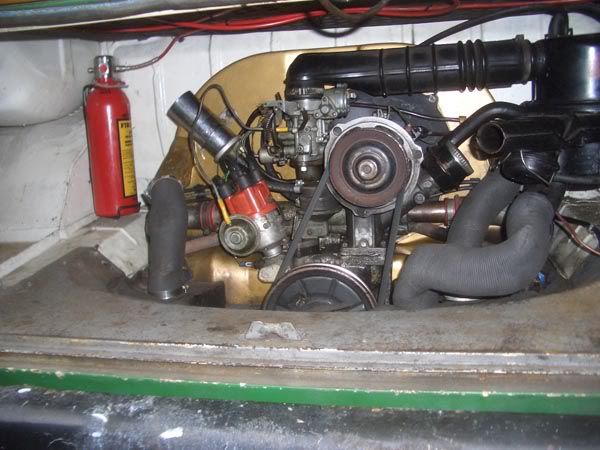bermuda blue
Well-known member
- Joined
- Jul 1, 2009
- Messages
- 272
- Reaction score
- 0
I'm used to basic flat four , so what is this twin port about :? (good/bad/ugly)?.
Cheers -JIM.
Cheers -JIM.





Tofufi said:It is easy to disguise a rotten bus with a load of filler and a shiny coat of paint, but it will deteriorate very quickly!
Graham L said:Tofufi said:It is easy to disguise a rotten bus with a load of filler and a shiny coat of paint, but it will deteriorate very quickly!
Wise words for one so young Jim!!
Tofufi said:If it a shiny bus only driven in good weather, or a bus with a larger engine then the owners might not feel the stock heating is worth bothering with.
Air Cooled Rookie said:Does disconnecting the air pipes from the dog house to the heat exchangers really make THAT much difference to the cooling?
Just wondered as my heating is perminantly on due to the flaps in the heat exchangers not working.